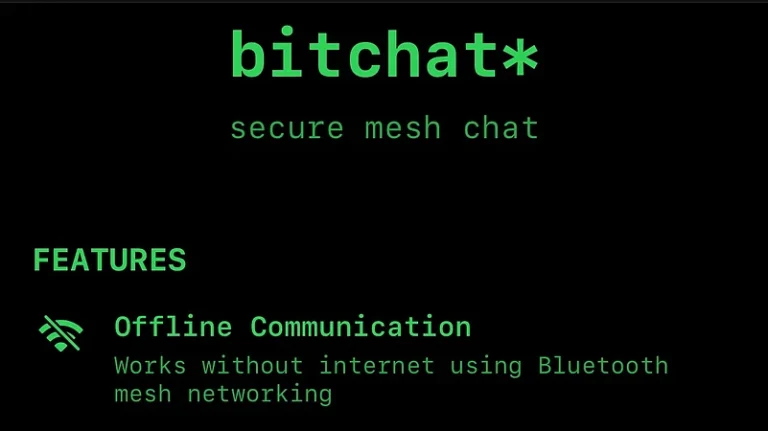
Ethereum, the world’s second-largest blockchain platform by market capitalization, is taking significant steps to safeguard its infrastructure against potential future threats from quantum computers. As quantum computing technology inches closer to breaking current cryptographic standards, Ethereum’s co-founder Vitalik Buterin has outlined a strategic plan, dubbed “The Splurge,” to ensure the blockchain remains secure in a post-quantum world.
Quantum computers, with their ability to perform calculations at speeds unattainable by classical computers, pose a severe threat to the cryptographic methods currently used by blockchains like Ethereum. The advent of quantum computing could make the SHA-256 hashing algorithm and other cryptographic protocols vulnerable, potentially allowing malicious entities to compromise private keys and, by extension, the security of the entire network.
Ethereum’s approach to this looming threat involves integrating quantum-resistant cryptography into its core systems. Buterin’s forward-thinking proposal includes:
- Quantum-Safe Cryptography: The implementation of cryptographic methods like Winternitz signatures and zero-knowledge proofs using STARKs (Scalable Transparent ARguments of Knowledge) which are believed to be resistant to quantum attacks.
- Ethereum Improvement Proposals (EIPs): An EIP for a quantum hard fork has been suggested, which would disable traditional transactions in favor of smart contract wallets and STARK proofs. This move would transition Ethereum to a quantum-resistant state.
- Phased Implementation: Buterin emphasized the importance of starting to build the necessary infrastructure immediately, highlighting the urgency of being prepared for quantum advancements.
The initiative has sparked a mix of optimism and debate within the crypto community. Some applaud Ethereum’s proactive stance, viewing it as a necessary evolution for the platform to remain relevant and secure. Others, like John Woods from the Algorand Foundation, while acknowledging Buterin’s competence, suggest that Ethereum could go further in its preparation for a post-quantum era.
The Ethereum roadmap’s “The Splurge” phase is not solely about quantum resistance but also focuses on enhancing the Ethereum Virtual Machine (EVM) and overall network efficiency. However, the push towards quantum-resistant cryptography stands out due to its critical importance in maintaining the integrity of digital assets and transactions.
Industry experts and enthusiasts on X (formerly known as Twitter) have shown enthusiasm for Ethereum’s developments. Posts have circulated discussing the implications of quantum computing on cryptocurrency security, with many supporting Ethereum’s efforts to stay ahead of the curve.
Despite these advancements, there are caveats. Implementing quantum-resistant solutions could require pausing the Ethereum blockchain, which would have widespread implications for users and developers. This pause would be necessary to update and restore the blockchain with new, quantum-safe protocols, a process that could be fraught with unforeseen challenges.
Ethereum’s journey towards quantum resistance underscores a broader trend in the tech world: the race to adapt to quantum computing’s potential to disrupt existing security frameworks. As quantum computers grow in capability, the urgency to transition to quantum-resistant systems becomes paramount, not just for Ethereum but for the entire digital ecosystem.
While the exact timeline for quantum computers reaching the point of breaking current encryption methods, often referred to as “Q-Day,” remains uncertain, Ethereum’s preemptive actions reflect a commitment to future-proofing one of the most influential blockchain networks against emerging technological threats. The community watches closely as these plans unfold, hopeful that Ethereum can navigate the quantum era without compromising on security or functionality.






